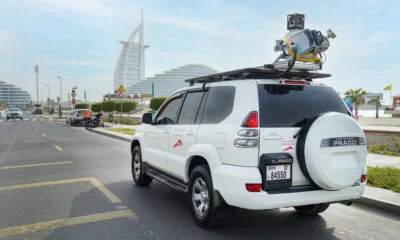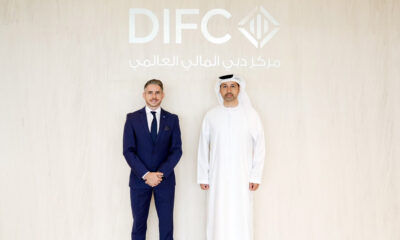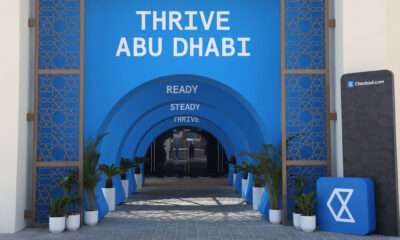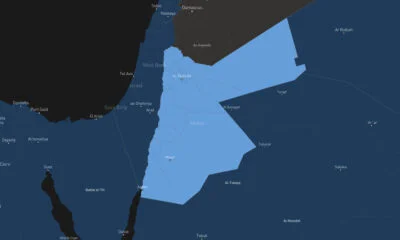News
Dubai Gives Go Ahead For $35 Billion Al Maktoum Airport Expansion
The project will include a new passenger terminal, helping the emirate achieve its goal of operating the world’s largest airport by 2050.
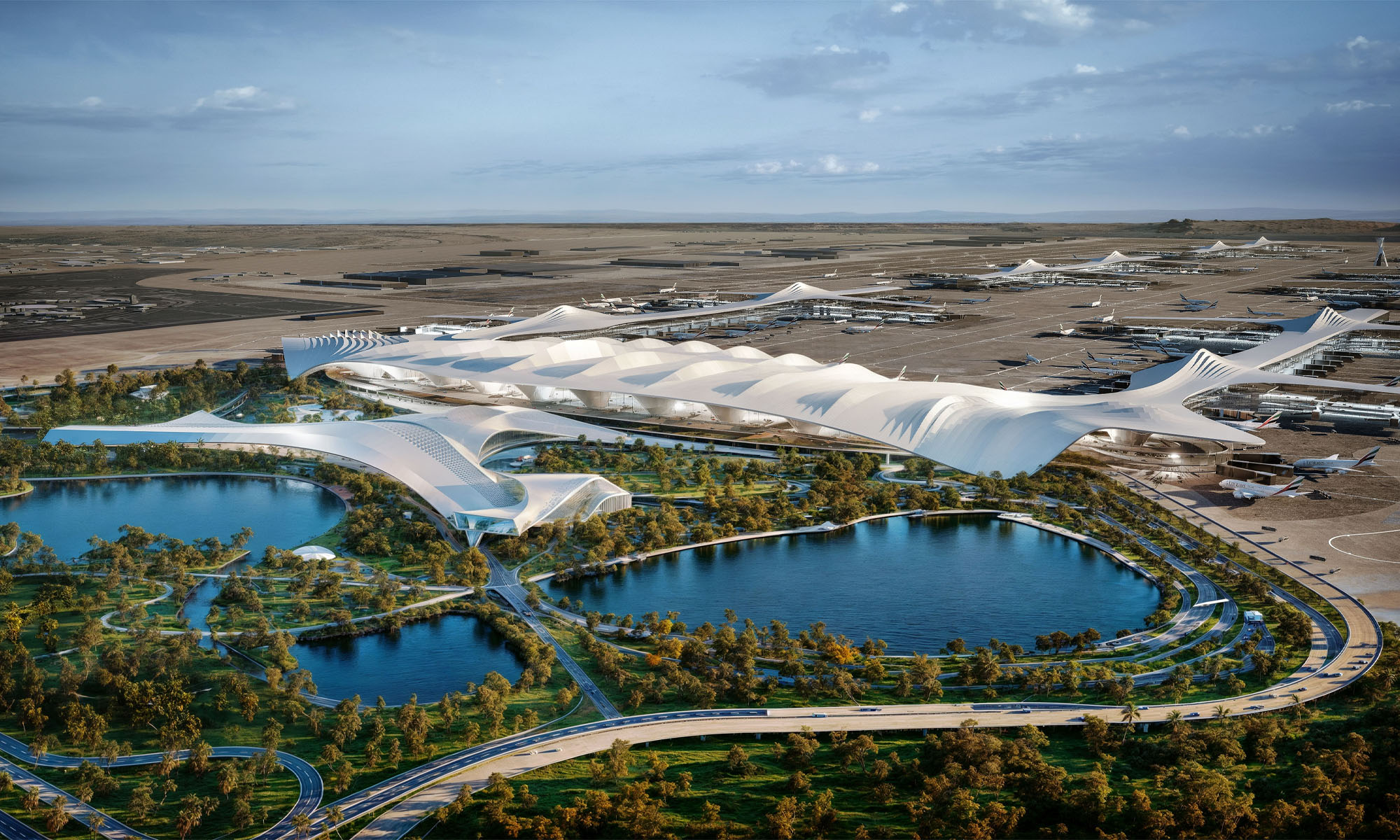
On Sunday, April 28th, Dubai’s HH Sheikh Mohammed bin Rashid Al Maktoum gave the go-ahead to a major expansion project for Al Maktoum Airport (DWC).
The development will add a new passenger terminal to DWC, marking a major step in the emirate’s goal to transform the global transport hub into the world’s largest airport by 2050.
The construction project is valued at a massive $34.8 billion (AED128 billion), and is necessary to accommodate the projected surge in air travel over the coming years.
The DWC expansion plans were reportedly shelved in 2019. However, the project regained traction under the airport operating company Dubai Airports, who manage both Dubai International Airport (DXB) and DWC.
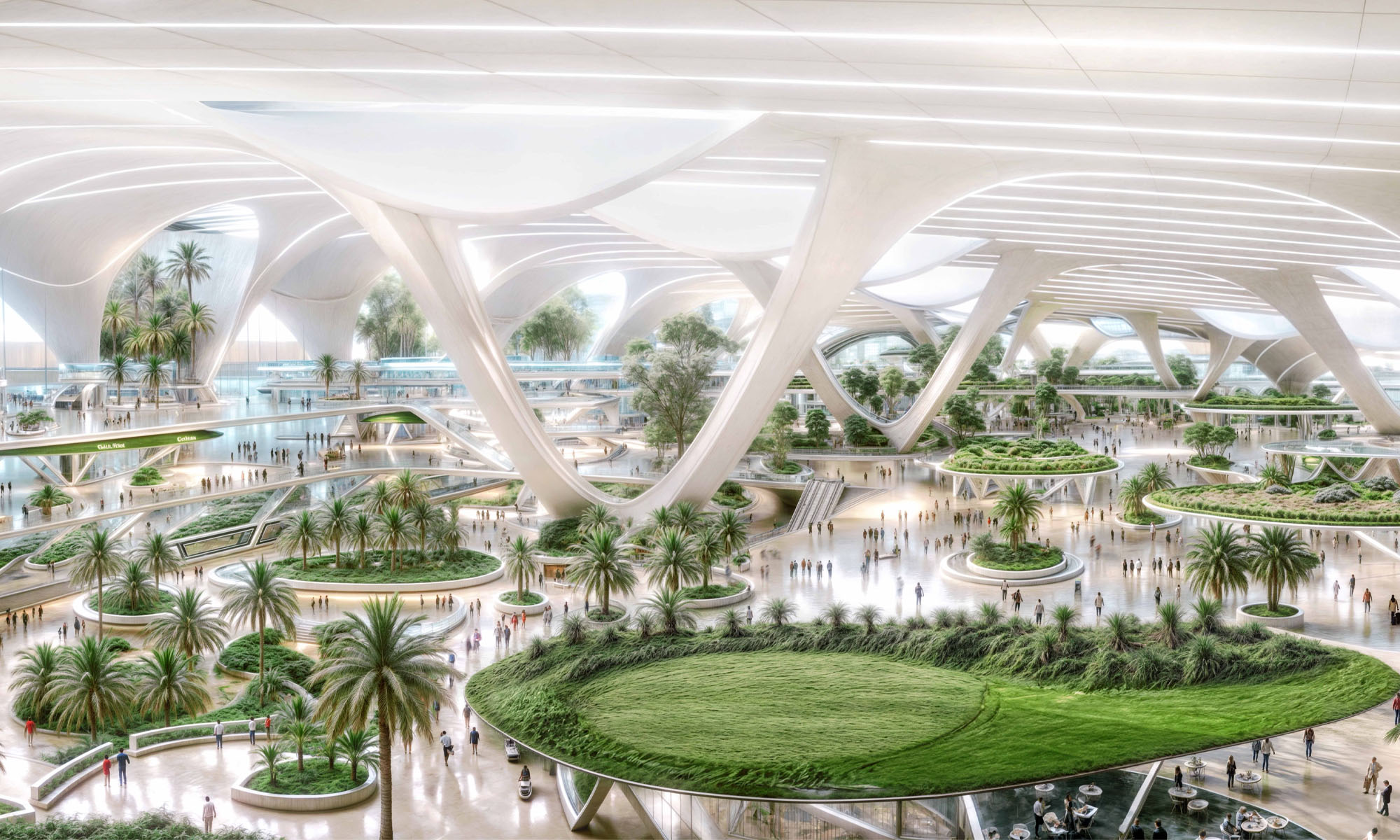
“HH Sheikh Mohammed bin Rashid Al Maktoum reviewed the strategic plan of the #Dubai Aviation Engineering Projects and approved designs for the new passenger terminal at Al Maktoum International Airport, which will be the largest in the world when fully operational,” announced the Dubai government on X, noting that the new terminal will increase annual capacity to over 260 million passengers.
Under the comprehensive development plans, Al Maktoum Airport will surpass the scale of Dubai International Airport by fivefold. Eventually, all of Dubai International’s operations will be moved to the new site.
Also Read: Abu Dhabi Developer To Build World’s First Healthy Living Island
Dubai Airport CEO Paul Griffiths has emphasized the need for a new facility as DXB airport approaches its maximum annual capacity of 120 million passengers, explaining that the new development will transform airport operations.
“We are not planning an airport that has terminals. We’re going to completely change the business model for airports, make them far more intimate, and get rid of all the legacy processes that we’ve had to subject our customers to for far too long,” Griffiths stated.
News
Google Releases Veo 2 AI Video Tool To MENA Users
The state-of-the-art video generation model is now available in Gemini, offering realistic AI-generated videos with better physics, motion, and detail.

Starting today, users of Gemini Advanced in the MENA region — and globally — can tap into Veo 2, Google’s next-generation video model.
Originally unveiled in 2024, Veo 2 has now been fully integrated into Gemini, supporting multiple languages including Arabic and English. The rollout now brings Google’s most advanced video AI directly into the hands of everyday users.
Veo 2 builds on the foundations of its predecessor with a more sophisticated understanding of the physical world. It’s designed to produce high-fidelity video content with cinematic detail, realistic motion, and greater visual consistency across a wide range of subjects and styles. Whether recreating natural landscapes, human interactions, or stylized environments, the model is capable of interpreting and translating written prompts into eight-second 720p videos that feel almost handcrafted.
Users can generate content directly through the Gemini platform — either via the web or mobile apps. The experience is pretty straightforward: users enter a text-based prompt, and Veo 2 returns a video in 16:9 landscape format, delivered as an MP4 file. These aren’t just generic clips — they can reflect creative, abstract, or highly specific scenarios, making the tool especially useful for content creators, marketers, or anyone experimenting with visual storytelling.
Also Read: Getting Started With Google Gemini: A Beginner’s Guide
To ensure transparency, each video is embedded with SynthID — a digital watermark developed by Google’s DeepMind. The watermark is invisible to the human eye but persists across editing, compression, and sharing. It identifies the video as AI-generated, addressing concerns around misinformation and media authenticity.
While Veo 2 is still in its early phases of public rollout, the technology is part of a broader push by Google to democratize advanced AI tools. With text-to-image, code generation, and now video creation integrated into Gemini, Google is positioning the platform as a full-spectrum creative assistant.
Access to Veo 2 starts today and will continue expanding in the coming weeks. Interested users can try it out at gemini.google.com or through the Gemini app on Android and iOS.


